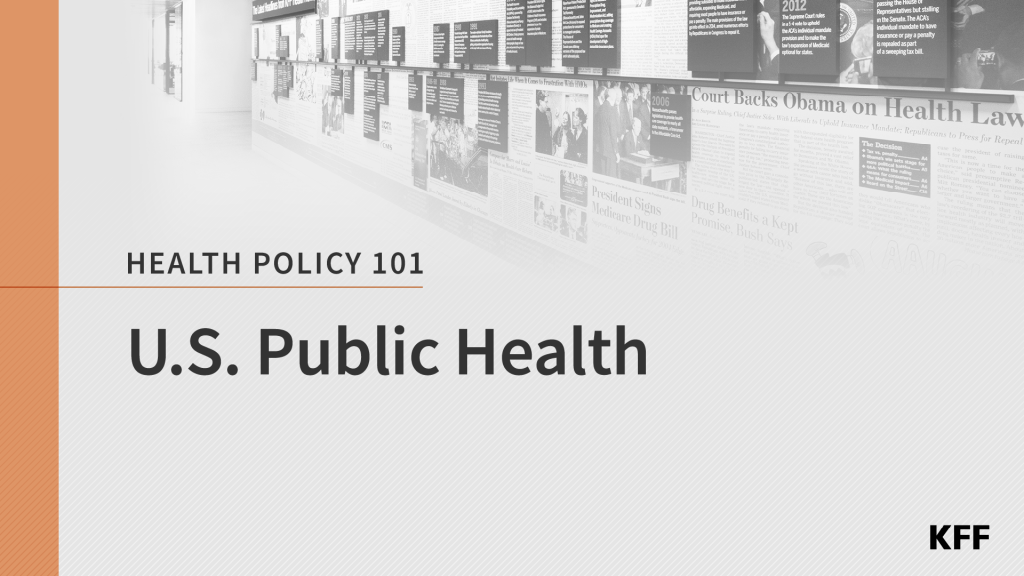States Are Getting Ready to Distribute COVID-19 Vaccines. What Do Their Plans Tell Us So Far?
This brief summarizes the information contained in the all available draft COVID-19 vaccination plans submitted by states to the CDC, focusing in particular in critical areas such as identifying critical/priority populations, identifying and recruiting providers to administer vaccines, the completeness of state-level vaccine data collection and reporting systems, and communication plans. States report widely varying levels of progress.
